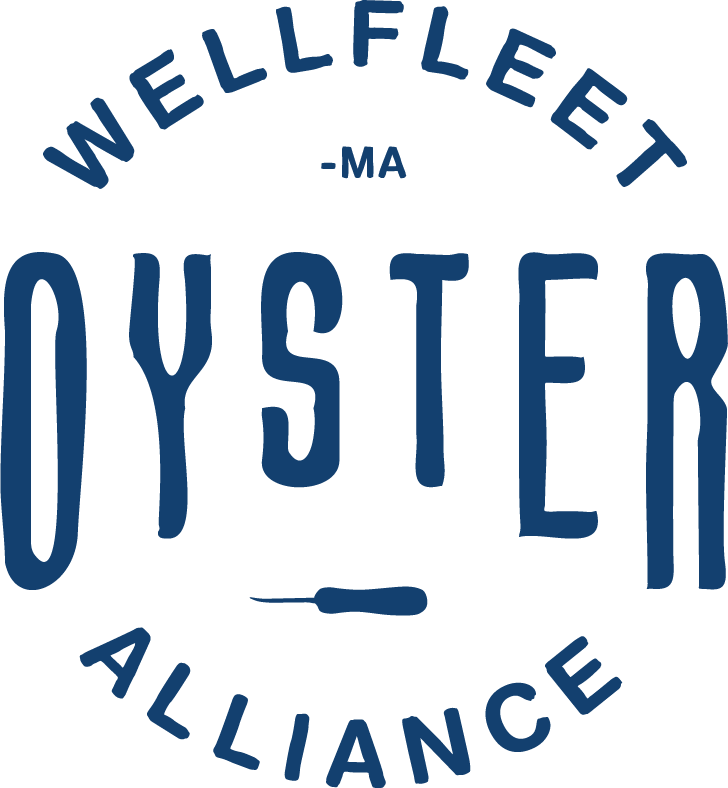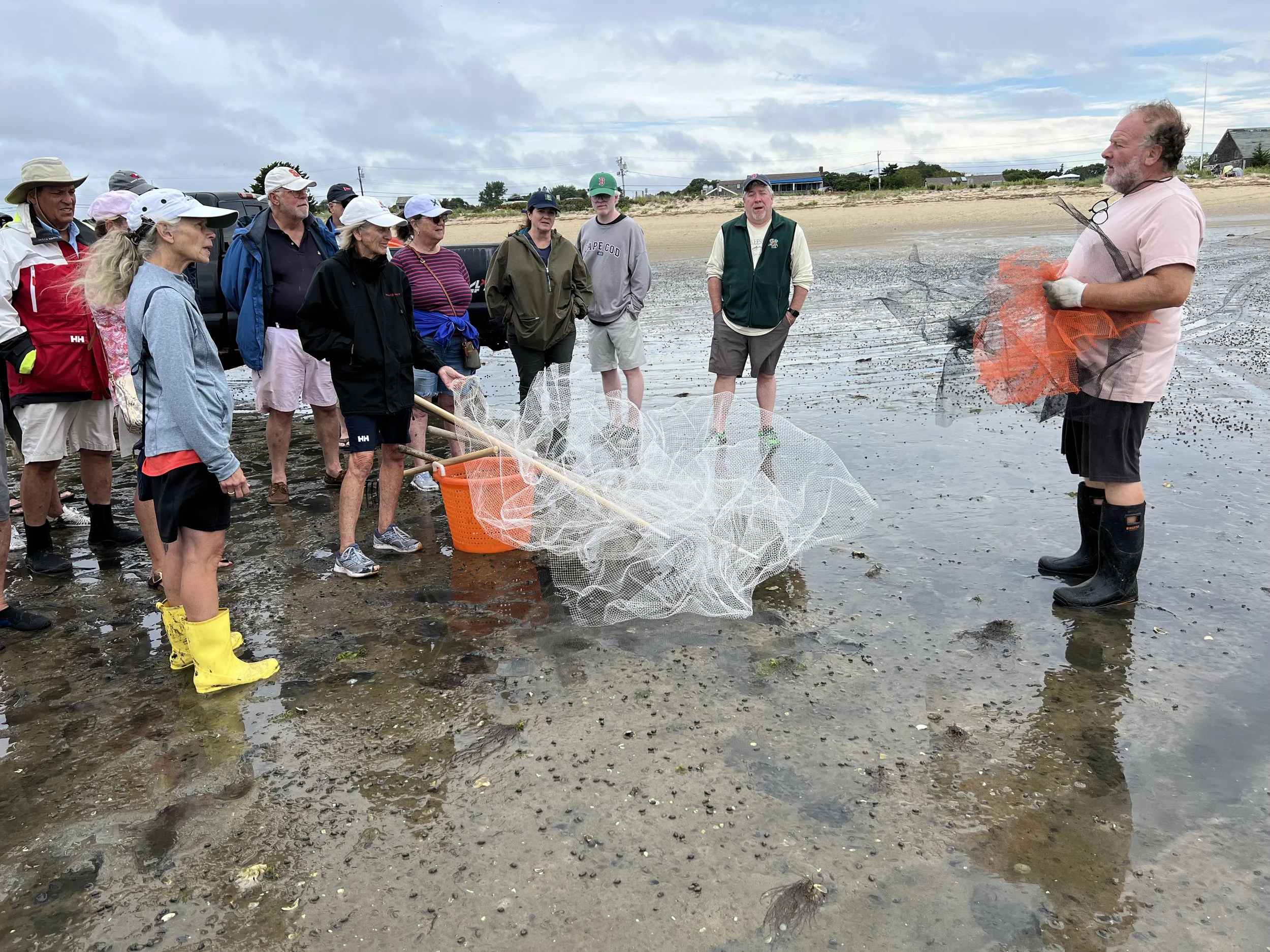Alfred Pickard: Man of the Sea
Above all else, Alfred Pickard is a passionate man with passionate opinions. He’s passionate about his business, Wellfleet Marine, founded in 1954 by his grandfather Bing Harrington, who was Wellfleet’s first harbormaster. He’s passionate about his family and looks forward to the day when his children, whom he says have inherited the family’s generational love for the sea, can take over the Wellfleet Marine and shellfishing businesses from him. He’s proud, too, of the other ocean-related family businesses including his sons, whose boats supply the Wellfleet Marine seafood market with lobsters throughout the season and his daughter who runs the summer rental and shuttle services at Wellfleet Harbor.
He's also passionate about the Wellfleet Oyster Alliance (WOA) shellfish farm tours, which each year bring hundreds of shellfish aficionados onto his and other commercial beds. While the farm and grant tours are run and organized by WOA, Alfred has played an increasingly important role in one of the charity’s most important programs, which introduces local and visiting families to the challenges, hardships, and complexities of raising clams and oysters. While WOA includes several other prominent shellfish farms in the program, in recent years, the lion’s share of tours now takes place on the Pickard family’s grant. The farm tours have migrated to Alfred’s beds for a host of reasons. First, he admits, is due to his grant’s perfect location on Mayo Beach, just a few hundred yards seaward of the old shellfish department shack and basketball court. Over time, he says, farm tours began shifting to him not just because of its accessibility, but also because his farm sits six or so inches higher in the tide zone in a part of the harbor devoid of mud. “Six inches is a big difference in the amount of time you can spend on the grant,” he said.
But a few minutes into a conversation about the tours, it’s plain to see there’s more than easy access or an ideal bottom to his willingness to host visitors.
“I love doing the tours. People leave our grant knowing a lot more about those of us who raise the shellfish they enjoy eating. They learn how hard it is to do the job, and hopefully start looking at us in a different light. You know, there are still some people who don’t think we should be out here on the flats.”
Alfred Pickard on the flats
Each of his tours, Alfred says, allows his guests to experience the full spectrum of a farmer’s daily workload and concerns. He brings to the tour all of a shellfish farmer’s tools – including clam rakes, bull rakes, shovels, protective screening, and rebar (to secure it over seeded clam beds), “Chinese hats” (seed oyster collectors), and shellfish grow bags. Everyone is encouraged to use the tools and experience what it’s like to plant clam seed, bag oysters, and harvest shellfish. He even collects a pail full of such typical shellfish predators as green crabs, moon snails, and oyster drills. “I want my guests to go through it all,” he says, “to understand all the things I look for and do when I’m on the grant.”
“I think what we do has a huge effect on our guests,” he says. While the tours take place on his farm, other volunteers, such as WOA board president Nancy O’Connell and Farm Tour coordinator Beth Whitman, often accompany the tour group, helping to stimulate dialogue and answer some of the many questions each tour generates. “When I see them in the parking lot before the tour starts, I know we’re going to have a great day.” Alfred starts each tour by telling his guests that the only bad question is the one they don’t ask. Then, he pulls out the bull rake, a heavy, wide, basket rake with long steel tongs, and hands it to the strongest-looking visitor. Inviting them to take a stab at harvesting some clams. Invariably, he said, even the most muscle-bound guest is unable to complete a single pull through the sand.
“The tours are not just a class,” Alfred said, chuckling at how eagerly grant tour visitors become engaged. “You should see how their eyes pop out when they rake up a basketful of clams.” And he knows his tours are well-received, he says, “because of the way they show their appreciation at the end of each tour. People hang around, even while we’re cleaning up. They keep asking us questions and want to know more. That’s a good thing,” he adds with a twinkle in his eyes. “You know, there are no shellfishing schools anyone can go to.”

